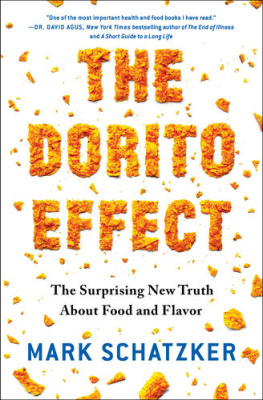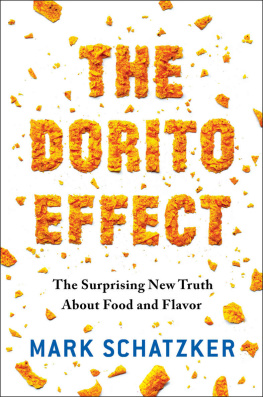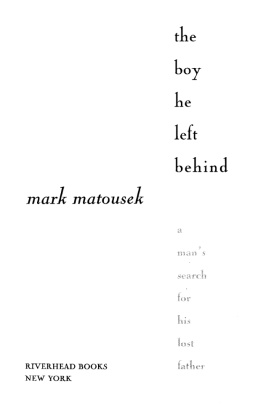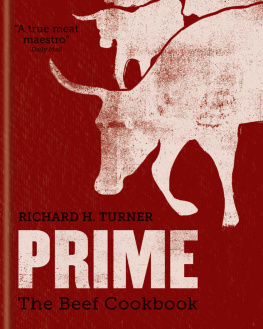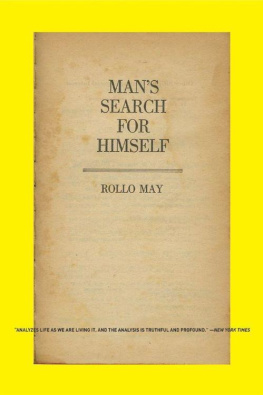ACKNOWLEDGMENTS
Despite the single namemineappearing on the spine of this book, Steak was nonetheless a collaborative endeavor. I will be forever grateful to Rick Kot at Viking, who gave a Canadian writer his first book contract, and who, along with Laura Tisdel and the rest of the fine Viking team, invested so much in making it better. This book would never have happened if not for the efforts of my agent, Richard Morris of Janklow and Nesbit. You are a fine representative and a better friend.
Steak is a far bigger subject than I ever realized, involving everything from animal science, meat science, flavor science, human evolution, and ruminant evolution to the history of crop farming in Argentina. The list of people who have helped me along the way is long, and the collective effort is huge. Thank you: Dr. Alberto Alves de Lima, Elizabeth Andoh, Jan Busboom, Dario Cecchini, Seiichi Chada, Nirupa Chaudhari, Rufus Churcher, Anne and Clive Davidson, Carolyn Dmitri, Dorothe Drucker, Susan Duckett, Anne Effland, Karen Eny, Cinzia Fanciulli, Kevin Good, Dr. Juan Jos Grigera Nan, Andrea Grisdale, Claude Guintard, Andrew Isenberg, Randy Jackson, David Kasabian, Steve Lantos, Douglas Law, John Leffingwell, Paul Link, Jim Logan, Vicky Lux-Lantos, Hazel McFadzean, David MacHugh, Emily Maggs, Charlotte Maltin, Stephen Mennell, Markus Miller, Holly Neibergs, Mari Okada, Alan K. Outram, Emmanuelle Perrier, Bob Pickering, Keith Redpath, Don Reeves, Jerry Reeves, Alan Richman, Andrew Smith, John D. Speth, Craig Stanford, Mike Steinberger, Helena Tchekov, Julia Turner, Cis Van Vuure, Tommy Wheeler, and Hanya Yanagihara.
Thank you, Klara Glowczewska, and the rest of the excellent staff at Cond Nast Traveler, for helping propel me on my worldwide quest in ways that only you can.
A special thanks to Wes Brown for waking up at 5:00 a.m. on a Saturday and driving three hours with his ultrasound machine. Thank you to the many good people of Texas, including Markus Miller and the rest of the faculty at Texas Tech University, and to Bill OBrien, for reaching out to a big-city journalist to show him a feedlot from the inside. Thanks to the generosity of Glenn and Caryl Elzinga, I slept in their home and spent more than a day on a horse exploring Idaho as it ought to be explored. Thank you, Christophe Raoux, Alain Ducasse, Laurent Vernet, Charlotte Maltin, Jim Cameron, Keith Redpath, Russ Maytag, Carla Hanisch, Ted Slanker, Michael and Nobuyo Stadtlnder, and Temple Grandin. Thank you, Richard Bazinet, for bartering nutrition science for steak. And thank you, Allen Williams, for the hours of Meat Science 101 you so patiently visited (and revisited) with me.
Years ago, I wrote a story for Slate.com about steak. Not long after, I received an e-mail from a Wyoming cattleman named Paul Butler. Thus a long-distance, steak-obsessed e-mail relationship was born. Thank you, Paul, for your encouragement, your knowledge, your wisdom, and your enduring faith that great steak is out there, waiting to be tasted. The day will come when you create a truly beautiful beefalo steak. I will be there to taste it.
Fleurance, I dont know what to say other than that I miss you. Thanks for everything (literally). I have your hide to remember you by, and I think of you often.
Writers have a reputation for being anxiety-riddled catastrophists, and I am guilty of confirming the stereotype. For support, I thank my friend and editor Ted Moncreiff for his reassurance, enthusiasm, and tack-sharp editorial i nsight.
This booknot to mention my lifecould not have happened without my parents, Valerie and Joe Schatzker, who have always believed in me, even when I have not. Thanks to my brothers, Erik and Adam, for taking part in my steak quest and sending invaluable notes from the field. To my children, Greta, Violet, and Henry: your excitement is infectious, and you make me smile at the most unexpected times. Thanks for the levity.
There is only one dish I know of that tops steak: my wife, Laura McLeod, whose mere smile gets me through the valleys and back up the mountain. Laura, for a former vegetarian, you sure have eaten a lot of steak. You may not be quite up to three and a half pounds of beef a day, but you will always be my Magdalenian Woman.
AFTERWORD
A few weeks after the final character of the book you see before you was typeda period, predictablyI found myself in a bar talking to a lawyer friend. He couldnt wait to read my book about steak, he told me, because he was, as he put it, really looking forward to finally learning how to properly cook one.
He then launched into a description perhaps too rich in detail of the various ways he and his wife had desecrated countless expensive beef cuts over the years. I barely took in a word. In my head, I was scanning over the roughly 106,000 words I had written over the preceding months. Nowhere among them was there what you would call a recipe for cooking steak. Apparently, How do you cook a steak? was the big question people wanted answered. (In my friends case, the only question.) A book entitled Steak, you might think, would answer it. But it did not.
Cooking a steak is simpler than boiling an egg, yet somehow it remains a feat everyone from lawyers to steak house chefs gets wrong with regularity. So, from someone whos both witnessed the cooking of steak and cooked rather a lot of steaks himself over the past many years, here is a step-by-step guide.
How to Cook a Steak in 15 Easy Steps
1 steak
salt
heat
Serves 1
Step 1. Find a source of tender, juicy, and, above all, flavorful steak (by far the most difficult step in this recipe). Frozen steak is fine, so long as its good frozen steak.
Step 2. Decide on a cut.
There is a rather large selection to choose from, as you will have noticed: strips, flank steaks, rump steaks, tenderloins, rib eyes, and so forth. And dont forget about those rare butchers cuts. At least once a year, every mens magazine will run a story on steak that tells you, in the coolest language the writer can muster, that these are the cuts that steak insiders eat, and that by putting a skirt steak, hanger steak, or flatiron steak on your grill, you will distinguish yourself from the strip-loin-consuming masses and attain the dude-simple purity of a cattle rancher or an old-time New York butcher.
My guess is that youll like a rib eye most of all. But heres a little secret for you: theyre all good. So long as you follow Step 1, that is. Every steak cut is delicious, and some of the braising cuts are, too. Try them all. Get to know each cut as intimately as your pillow. If you follow Step 1, any and every cut you get will be eminently palatable. But follow Step 1.
Step 3. Choose a thickness.
Dont fall into the trap of believing that bigger steaks are always better. Thin steaks are plenty good, too. You just need to cook them properly, on a very hot surface, so that you can brown the outside without overcooking the middle.
Step 4. Examine the steak.
Prod it. Poke it. Pick it up in your hands, or with tongs, and waggle it. Try to memorize the suppleness of the flesh. Youll understand why when you reach Step 12.
Step 5. Choose a cooking surface.
It can be a grill or it can be a pan. Both are fine. Thats right, both are fine. If youre cooking with a grill, you might prefer wood or charcoal, because they impart a subtle but enjoyable flavor to the meat, to gas. But gas is fine, too, so long as you follow Step 1.
Step 6. Let the steak warm to room temperature.
Dont cook a cold steak on a hot grill or pan. And never cook a frozen steak.


